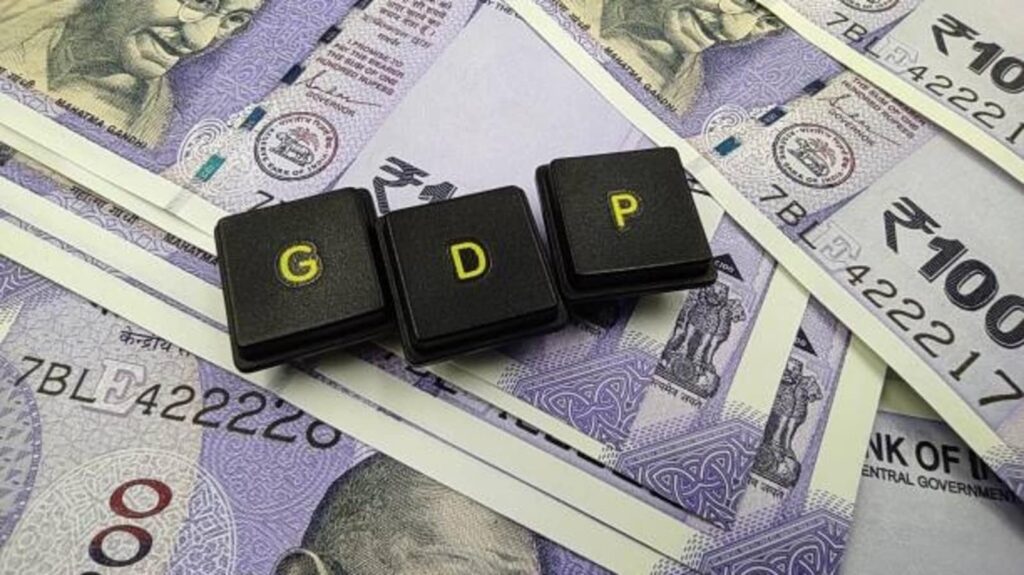The 8.4% Gross Domestic Product (GDP) growth print for the quarter ending December 2023 has, expectedly, generated a lot of buzz around the state of the Indian economy. A Bloomberg forecast of economists expected this number to be just 6.6%. Has the Indian economy entered a growth trajectory that is way above what was believed earlier? There is an ultra-short-term, short-term and medium-term answer to this question.
Let us take the ultra-short-term part of it first. While the December quarter GDP numbers have really defied expectations, the Gross Value Added (GVA) — it is GDP minus Net Indirect Taxes and measures actual production in the economy — is along expected lines at 6.5%. This basically means that the large positive surprise in December quarter GDP numbers could well be on account of a sharp reduction in subsidies rather than a big jump in actual production or economic momentum. Also, when read with the revised quarterly growth numbers for the first and second quarters, the 7.6% annual print for 2023-24 also means that GDP growth in the quarter ending March 2024 will be just 5.9%.
As far as the short-term, namely, annual growth performance in the fiscal year 2023-24 is concerned, the GDP numbers released on Thursday show an increase of 30 basis points – one basis point is one-hundredth of a percentage point — over the 7.3% print according to the first advance estimates released in January 2024. This will add to India’s growth advantage vis-à-vis major economies in the world and make it the fastest-growing economy by a bigger distance. While part of the upward revision in the 2023-24 GDP numbers is also on account of change in 2022-23 GDP data — this is normal practice — it will definitely boost the sentiment as far as prospects of the Indian economy are concerned.
It is the medium-term perspective on the Indian economy, which calls for a more sober look at the current economic situation. A comparison of growth over the period between 2021-22 and 2023-24 — these are the numbers that have been revised between the data released in January and February — shows a lower GVA growth and weaker private consumption in the latest numbers than what the January data showed. The state of Private Final Consumption Expenditure (PFCE) – it accounts for more than half of India’s GDP — is particularly worrying with annual growth in 2023-24 being the lowest since 2002-03, which was one of the worst drought years in India. Unless the Private Final Consumption Expenditure engine of GDP starts firing consistently, sustained economic momentum cannot be taken for granted. A broad-based revival in PFCE is also necessary for a rejuvenation of the private investment cycle.
These are important economic policy questions that deserve sustained and serious engagement going forward, irrespective of what happens to growth in a given quarter.
Continue reading with HT Premium Subscription
Daily E Paper I Premium Articles I Brunch E Magazine I Daily Infographics


